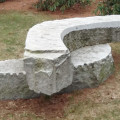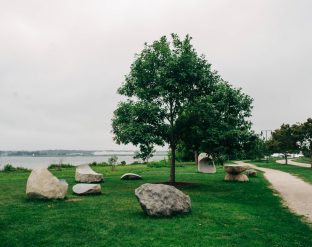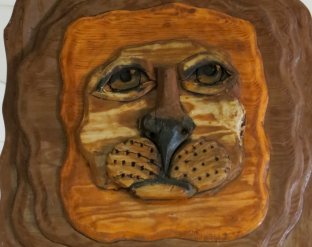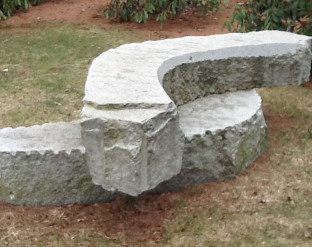Split Bench, by Jesse Salisbury, is a deceivingly simple form. The goal was to provide multiple seating areas for several people and to further explore the relationship of curves split from a single block. The original block was a six-ton block of Sullivan grey granite eight feet long, four feet wide and three feet thick. 70 hand-forged wedges were inserted one inch deep into three sides of the stone to split it into two four-foot by eight-foot by 18-inch thick slabs. They were then split them into two opposite-facing curves and set back onto the original split faces to make a perfect puzzle-like fit.
Jesse Salisbury is an internationally celebrated artist from Steuben, Maine. He is the founding director and host of Schoodic International Sculpture Symposium. Their mission is to host Stone Sculpture Symposia in downeast Maine that will engage individuals and communities in public art. Salisbury has work in public collections including the Curtis Memorial Library in Brunswick, The Steuben Library, and Bartlett Wines in Gouldsboro, in addition to his symposium pieces in Egypt, Japan, South Korea, and New Zealand.
Granite has played an important part in Maine’s history. In its peak usage in 1901, an estimated 3,500 workers were employed at 152 quarries on the mainland and off shore islands. Schooners laden with the stone would carry their cargo to public works projects along the east coast. It can be found in buildings and projects including the Brooklyn Bridge, the Church of St. John the Divine, and the Kennedy Memorial. Maine Granite is famous for the diversity of its color and texture and can often be traced back to the quarry it came from. It is the bedrock of Maine and remains an enduring medium for artists.
This sculpture is one of several generously donated to the City of Portland and the Jetport by William D. and Mary Louise Hamill.

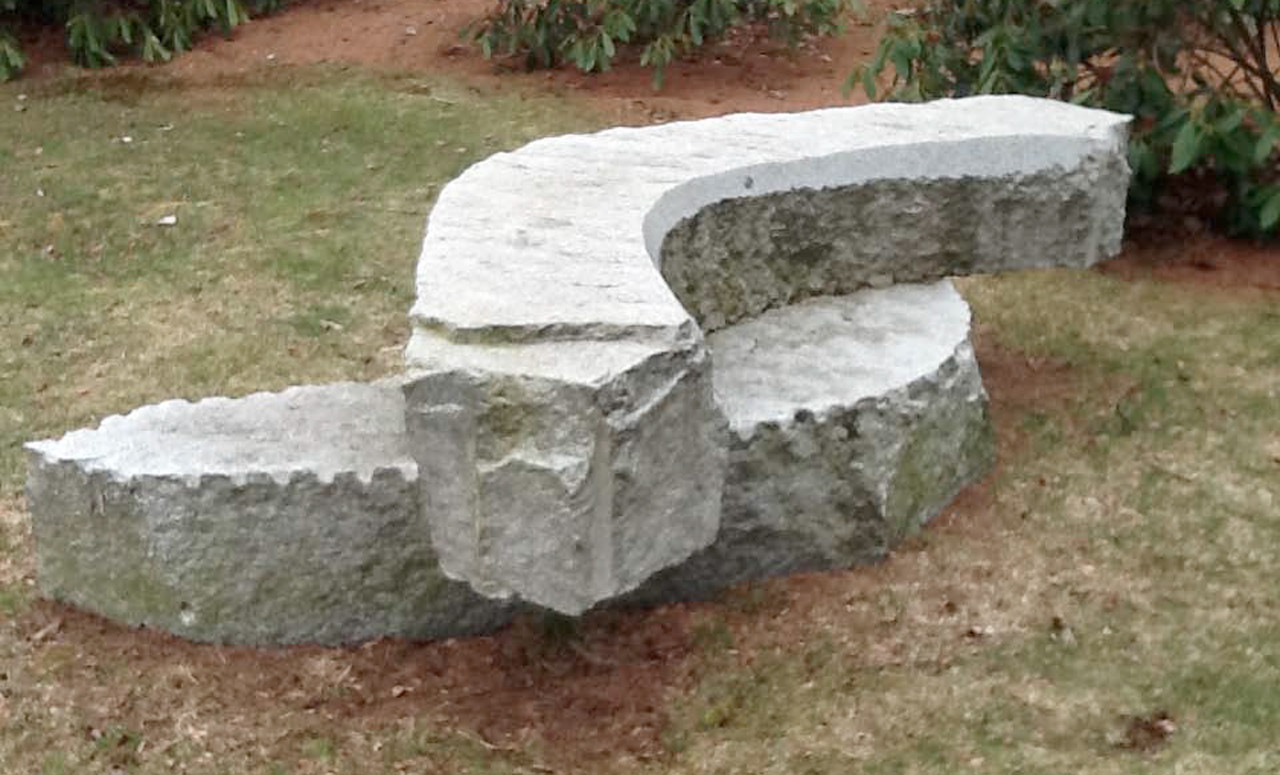
 Portland International Jetport
Portland International Jetport



